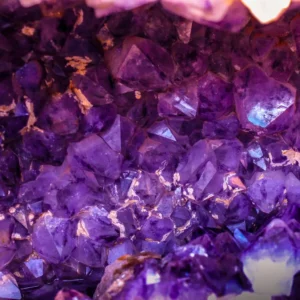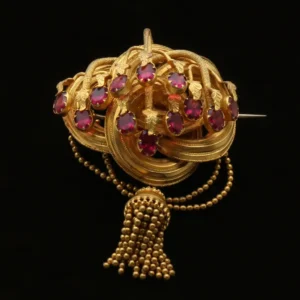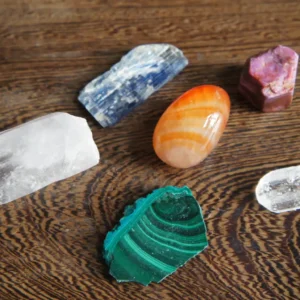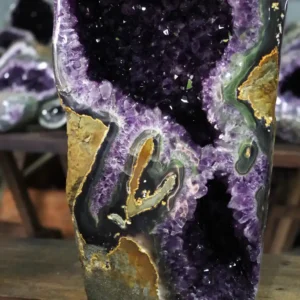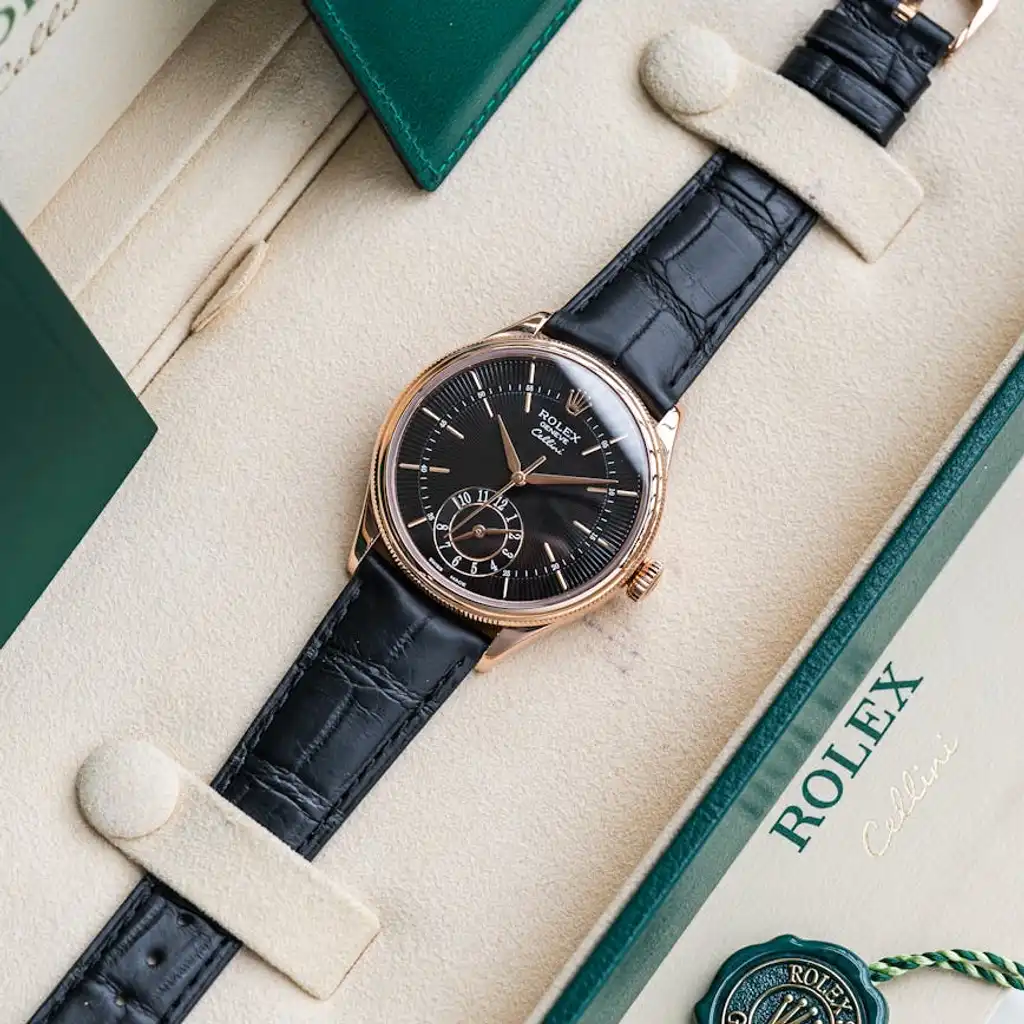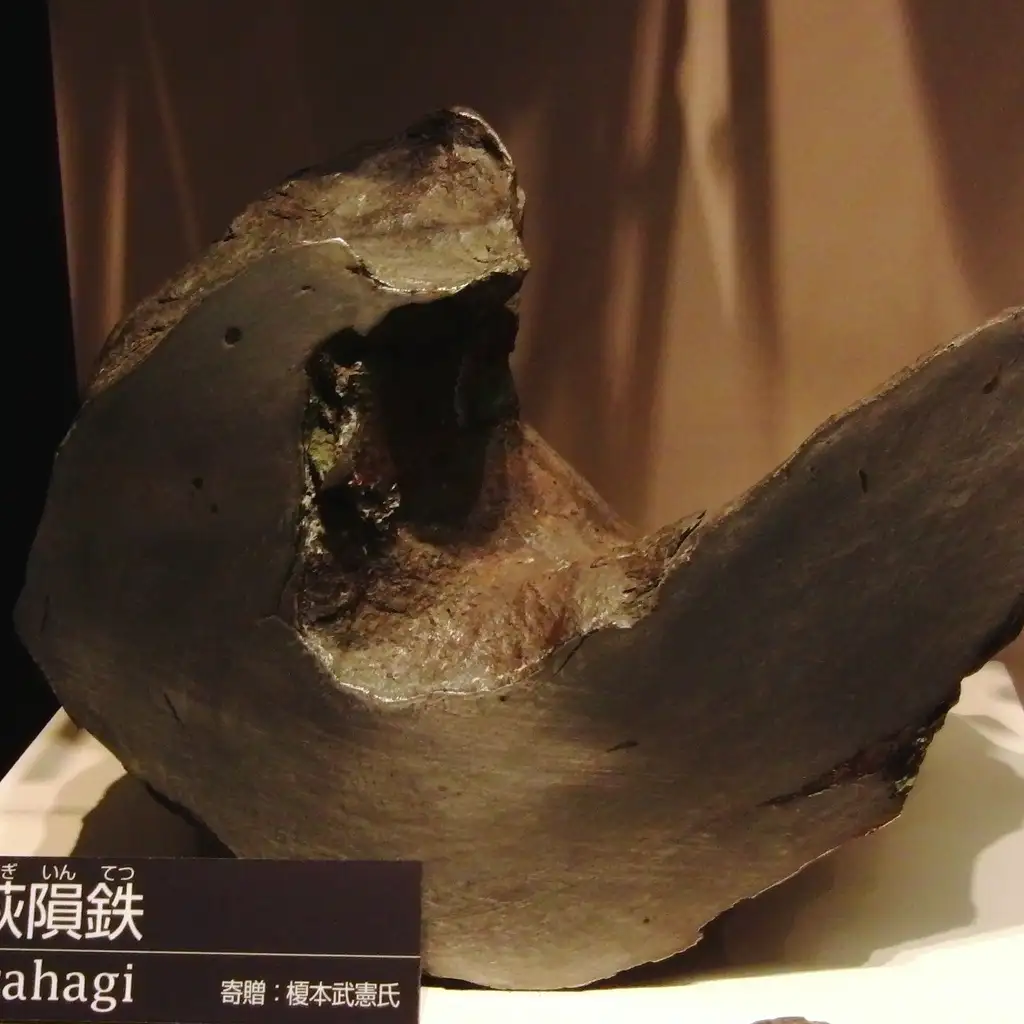Somewhere inside an obscure warehouse in proximity to Seattle, a mighty and impressive collection of huge minerals assembled by Richard Berger is awaiting its new home. It is popularly known as “Masterpieces of the Earth” and is currently being marketed as it looks for a rich patron who will create a museum to showcase these natural treasures.
Unlike many collectors who have an interest in minerals from childhood, Berger’s fixation came when he was in his twenties. Disenfranchised with medical school, he came across a rock shop in Wyoming in 1968, where a small crystal caught his fancy. “It was the most exquisite thing I had ever encountered,” he recalled.
In the course of 40 years, the Berger and his wife have established one of the most extraordinary private collections of crystals, fossils, and natural formations-one that does not include anything “diminutive.” To name a few-the collection has an amethyst geode the size of a Smart car, a near 4-foot-long ammonite fossil, a pyrite cluster weighing 700 pounds, as well as a 3.5-ton quartz crystal which appears to have internal fluorescence. Over 100 specimens were selected by the couple themselves for the collection, dubbed “The Masterpieces of the Earth.”
Preserving a Cultural Legacy
The goal set by Berger does not aim solely at selling to the highest bidder but at keeping the collection within the Northwest and preferably under a museum’s roof. “Every time I think about it going out of the country, my heart sinks,” he said, mentioning an international buyer interest. For him, the collection should be a thing of Seattle’s cultural heritage.
Museum funding in Seattle has been a tradition of billionaires over the years. In addition to Paul Allen’s construction of the EMP Museum, there were also contributions from Charles Simonyi to the Museum of Flight. With a mineral and fossil museum, however, funding sources are proving to be uncertain. “It’s very difficult to sell mineral collections,” said Elizabeth Nesbitt, curator at the Burke Museum of Natural History and Culture. Some museums have made sales of their collections, while others, like the Perot Museum and Yale’s Peabody Museum, have been increasing their mineral collections.
A Showstopping Collection
David Skelly, director of the Peabody Museum, recently acquired two pieces from Berger, including a gigantic rose of selenite. “These are the kinds of things that just stop you in your tracks,” he said, praising the collection’s show-stopping quality.
Although the Berger collection is in the millions, not too many museums could afford it without some kind of donation. As an example, Yale is expanding through the $4 million donation. Burke Museum might entertain the collection, according to executive director Julie Stein who stressed that the cost must be covered by a donor and cited other ethical values regarding sales of fossils.
The Journey of a Collector
Berger had his epiphany in Wyoming, left med school, and wandered into crystals and fossils. He had a very successful gallery in Manhattan in the 1980s, selling lots of things to finance his search for natural masterpieces. The couple moved to Seattle in 1988 and took five tractor-trailers to move their collection over. Until 1995, they had a gallery and then worked with select clients, including museums.
Among the many types of specimens within the collection, most were discovered at industrial mining sites. Berger once traveled all over the world-from Tennessee to the Peruvian Andes-searching for these finds. Eventually, people began contacting him about unique discoveries-such as those striking examples he holds in his collection of the Fontainebleau concretions from France: peculiarities that might easily be likened to psychedelic ice cream cones.Among the many different kinds of specimens in the collection, most come from industrial mining sites. Berger traveled the world in search of these gems, from Tennessee to the Peruvian Andes. Eventually, people started reaching out to him with mind-bending things, such as the Fontainebleau concretions from France, which look a lot like psychedelic ice cream cones.
A Global Gathering
In fact, Berger’s collection is like a mini “United Nations,” containing representatives of Earth’s history in rocks. The precious collection persisted for time intervals so long that some of these crystals are almost 500 million years old. Berger hopes it will be preserved intact, discussing at length his vision for an exhibition space with dramatic lighting design and private contemplative spots.
“I really want this to become something that tens of thousands enjoy,” stated Berger. “I want to let Seattle know about it and then see if there is any interest in keeping it here.”

